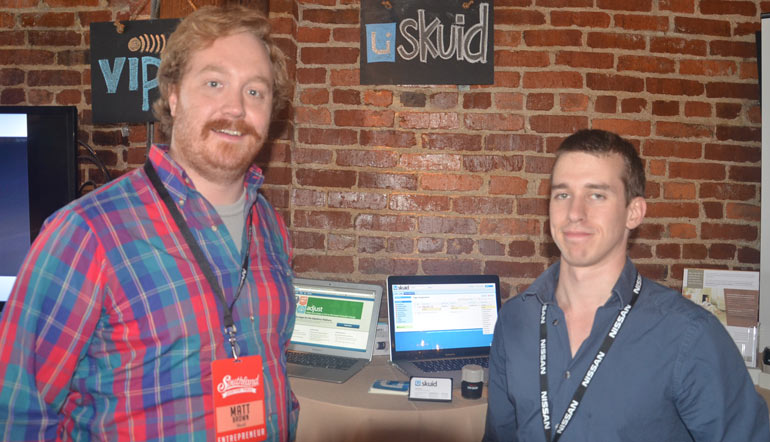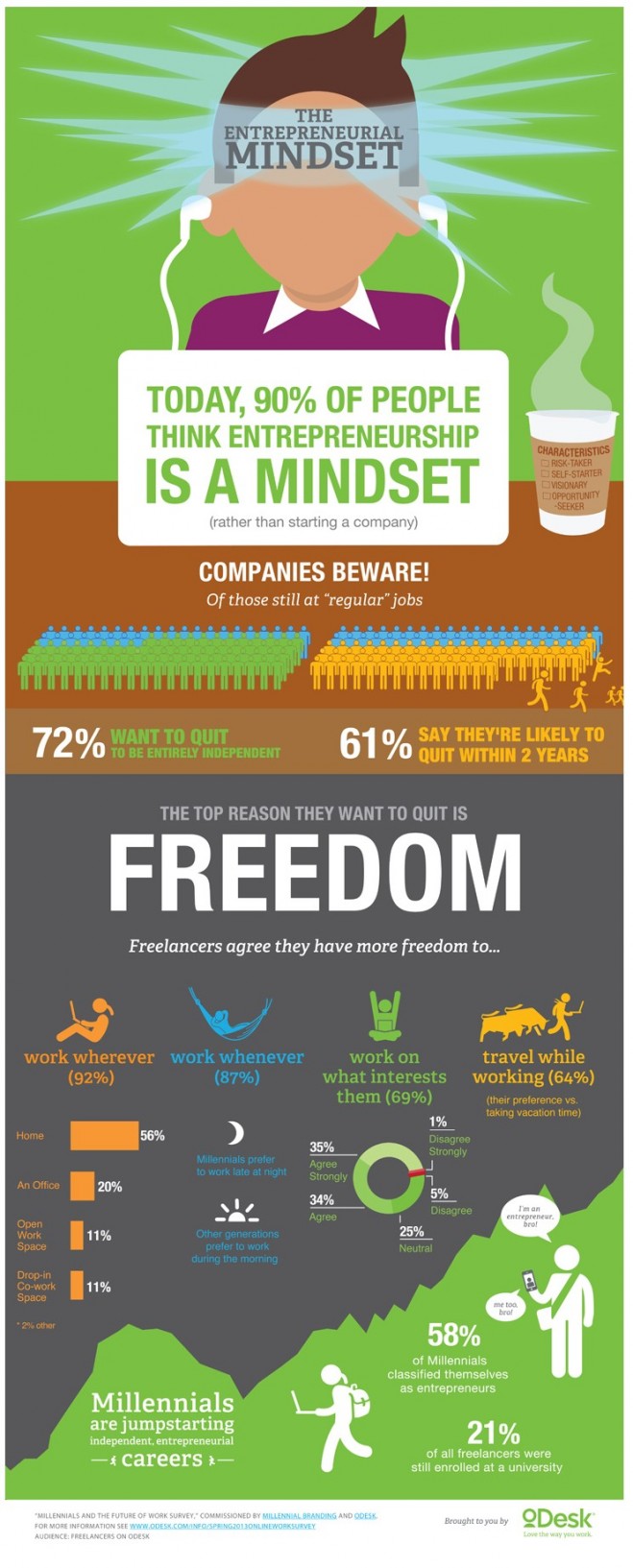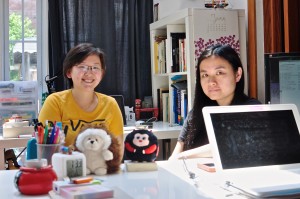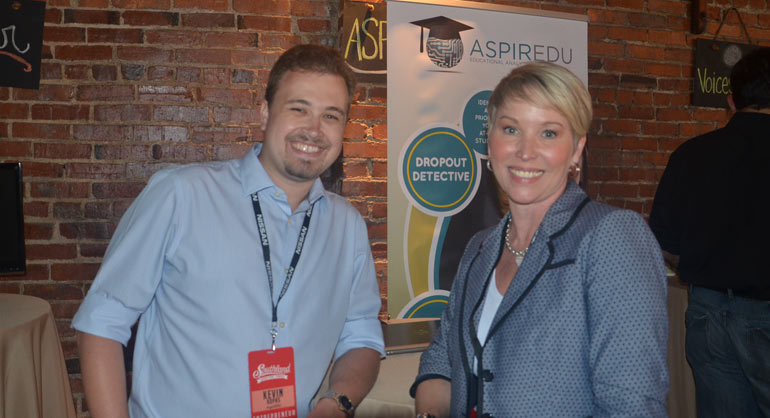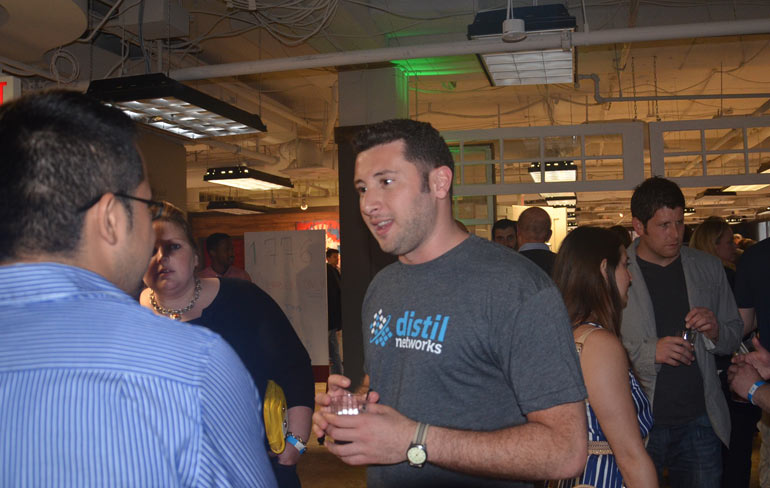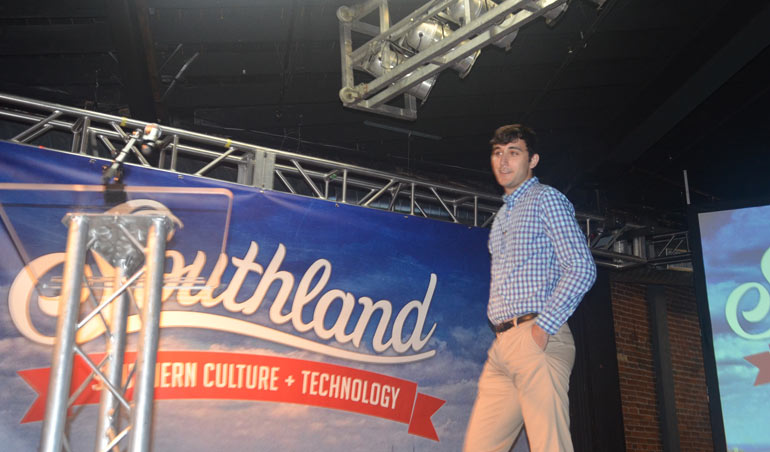 Brittany Hodak, alongside Kim Kaupe, is co-founder of ‘ZinePak, a company that creates custom publications for entertainers, brands, and celebrities. The ‘ZinePak configuration combines a small-format magazine with one or more CDs and exclusive merchandise items together into one engaging, exclusive package. Follow her @zinepak.
Brittany Hodak, alongside Kim Kaupe, is co-founder of ‘ZinePak, a company that creates custom publications for entertainers, brands, and celebrities. The ‘ZinePak configuration combines a small-format magazine with one or more CDs and exclusive merchandise items together into one engaging, exclusive package. Follow her @zinepak.
Who is your hero?
My heroes are all the men and women who enlist in the Armed Forces. People tell me all the time that it takes courage to start a business; while that is probably true on some level, it doesn’t even begin to compare to the courage it takes to fight for one’s country.
What’s the single best piece of business advice that helped shape who you are as an entrepreneur today?
“It’s easier to get forgiveness than permission.” This is something my dad said to me for the first time when I was about 13. I remember thinking how profound it was, and how it could work as a “free pass” for just about anything. More than 15 years later, I still live by this mantra every day.
When you’re an entrepreneur, it often means writing your own rules and getting creative in the ways you go about getting things done. Sometimes this means ignoring a chain of command, moving forward on a project without formal sign-off, or any number of other “violations” of the training of otherwise well-meaning soldiers of Corporate America. When given the choice between trying to get something approved the “right” way (e.g. submitting a formal proposal and spending six weeks pitching the same idea to successively senior team members) or the “wrong” way (e.g. happening to bump into the CEO at Starbucks and pitching her the idea over a latte), we always choose the latter.
There is very little that can’t be smoothed over with a heartfelt “oops” email or a nice Edible Arrangement when someone’s corporate feathers have been ruffled!
What’s the biggest mistake you ever made in your business? What did you learn from it that others can learn from too?
One of the biggest mistakes Kim and I made with ‘ZinePak was not hiring enough staff quickly enough to support the company’s growth. In a startup where there isn’t a huge amount of funding, founders are often faced with “the chicken or the egg” scenario of when to expand the full-time employee count. Is it better to hire help in anticipation of new work materializing, or secure the business first and then worry about the man (or woman!) power?
For our first big experience with growth, we chose the latter. The decision led us to experience several weeks in a row where everyone was working 18-hour days just to keep our heads above the water.
Luckily, we were able to learn from the experience. We made the strategic decision to take about eight weeks off from actively working on projects and hire two more full-time team members. This break gave us plenty of time to find amazing support staff and get them totally up to speed before the next wave of projects began.

What do you do during the first hour of your business day?
As an entrepreneur, every day is different and often unpredictable. I try to spend the first hour of each day catching up on entertainment trades and news and sending quick notes to anyone whose names come up during that reading. For example, I’ve found that early mornings are a great time to send someone a quick note congratulating them on a recent promotion or campaign that’s been covered in the press. I also try to drink at least 16 ounces of water in the first hour of the day, because if I don’t set the pace early I won’t stay hydrated throughout the day.
What’s your best financial/cash-flow related tip for entrepreneurs just getting started?
Hire an accountant right away! We tried to manage our own books online when we started ‘ZinePak, and we quickly got in over our heads. There are so many things to worry about when starting a business, from product development to lead generation to sales to marking to contracts, etc. — the list goes on and on. Time is a very precious commodity, and it is wise to spend your time on things can’t be easily outsourced to someone else.
Even if you have an accounting background, take the time to find a great CPA or bookkeeper to help you keep tabs on your business. He or she can offer strategic advice about cash flow, growth, and spending, and, most importantly, free up your time to work on closing deals instead of itemizing credit card statements.
Quick: What’s ONE thing you recommend ALL aspiring or current entrepreneurs do right now to take their biz to the next level?
Email three interesting people from your past who you haven’t seen in at least two years and ask them to get together for lunch or coffee dates. Some of the best business connections can come from the sources you least expect. Plus, reconnecting with old acquaintances is almost always a good time.
What’s your definition of success? How will you know when you’ve finally “succeeded” in your business?
My definition of success is being happy, confident, and secure in my own venture. When Kim and I started ‘ZinePak, our paramount goal was to not have to report in to bosses who treated us poorly. We set a definition of success as, “let’s quit our jobs, start a company, and try not to make significantly less money this year than we would if we kept our jobs.”
Two years later, we’ve passed the $3 million revenue mark and sold almost $15 million of product in the United States and 17 other countries. The feeling of success comes from knowing that we’ve built an awesome company and no longer have to answer to anyone other than ourselves.
The Young Entrepreneur Council (YEC) is an invite-only organization comprised of the world’s most promising young entrepreneurs. In partnership with Citi, the YEC recently launched #StartupLab, a free virtual mentorship program that helps millions of entrepreneurs start and grow businesses via live video chats, an expert content library and email lessons.





